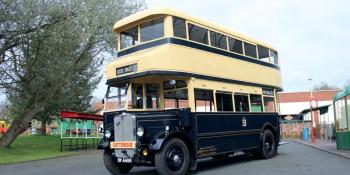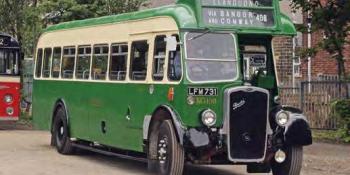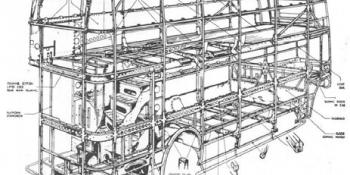LARS CHRISTIAN and PAUL LANDYMORE argue that a major overhaul is required for the red bus network to meet the needs of the 2020s and that could mean taking out many intermediate stops
Today’s London bus network has been largely unaltered since the introduction of the congestion charge in 2003 and some routes have existed in a similar format for over 100 years.
Car, lorry and especially van traffic, and the numbers of inhabitants and bus passengers, have increased considerably in the past 15 years, but little has been done to remedy the impact of more road traffic on the bus network, except for adding more buses. The completion of the Elizabeth Line — it opens in stages between December 2018 and December 2019 — presents an opportunity to deliver a revised bus network for the 2020s.
This article sets out four strategies for delivering a bus system fit for an estimated 10million inhabitants of London in 2029.
Today’s routes fulfill five primary functions:
■ Serve areas or routes not served by (frequent) tube or surface railway services.
■ Provide direct routes, often either orbital or diagonal.
■ Feed passengers to tube and railway stations.
■ Carry passengers over short distances on local and suburban routes.




